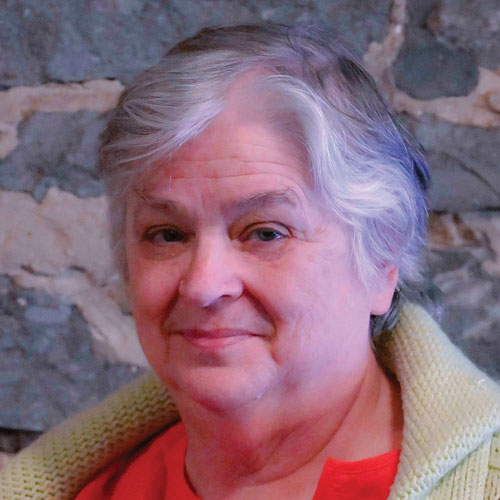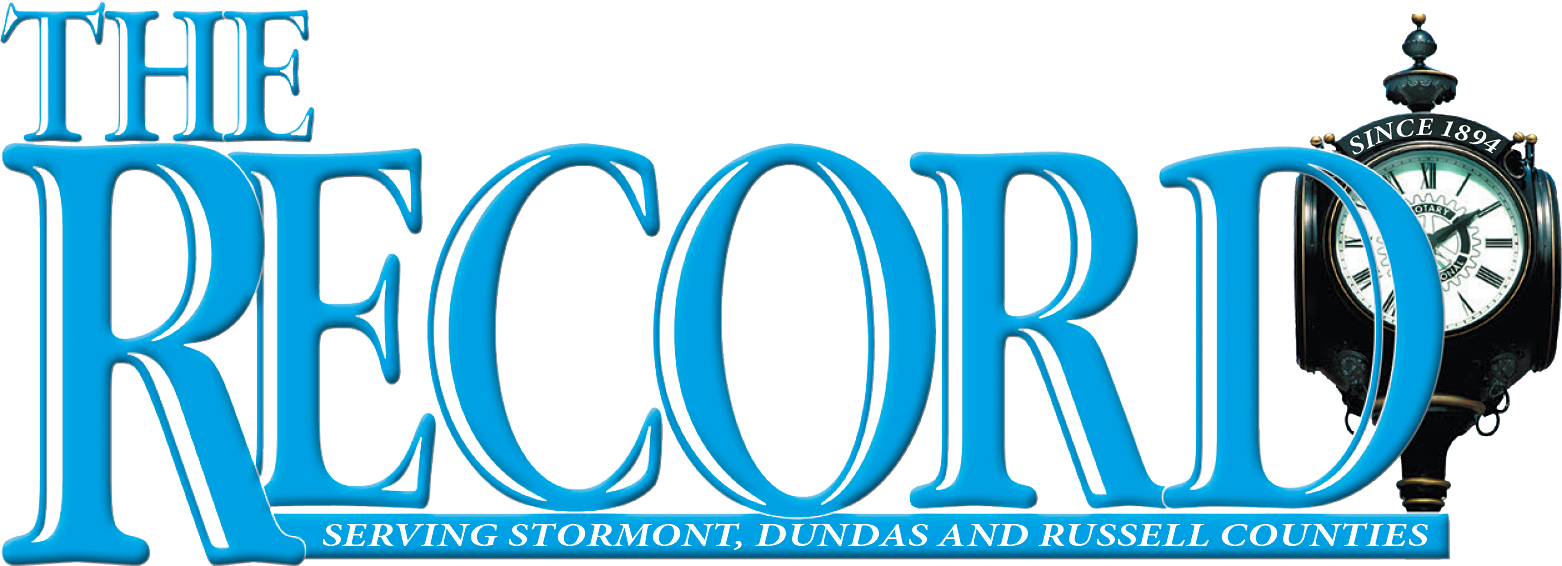“Who were the British Home Children” is a question that many Canadians don’t have an answer for and it is a subject that I enjoy providing information on, as my maternal biological grandfather was one of the estimated 120,000 British Home Children who came to Canada between the 1860s and the 1930s. British Home Children were impoverished or orphaned children who first found refuge from poverty by entering “homes” provided by philanthropic organizations such as Quarrier’s Homes in Scotland, The Waifs and Strays Society under the auspices of the Church of England, the Catholic Emigration Service under the auspices of the Roman Catholic Church and several other organizations in Great Britain.
A by-product of the industrial revolution, many children had come with their parents to cities from rural areas in search of a better life. Tragic circumstances often resulted in the children being sent to a workhouse or being put in the care of one of the philanthropic organizations. The age range of the children was between five to 16 years of age, with children under the age of five often adopted. Often unknown to the parent/guardian, many children were to be sent to South Africa, Rhodesia, New Zealand, Australia, or Canada to serve as indentured servants on the farms and in the homes. I look at my granddaughter who is eight and my grandson who is seven and realize many of the British Home Children who came to Canada alone were about their age. How would they have reacted if they were uprooted from the relative safety of one of the philanthropic homes, put on a ship, travel across the ocean to a new land and given to people they didn’t know. I know if this had happened to me at an early age, the feeling would have been excitement, then fear, then powerlessness and life changing.
Grandpa Conroy was in some ways lucky for he was chosen to work on a farm near Stittsville and according to Dave Lorente, whose father had worked on the same farm, the people were good and kind. Others were not so lucky and suffered terribly at the hands of their employers. There are accounts where they were ridiculed because of their British accent, taunted by others, and treated badly.
Many of the British Home Children never spoke of why they came to Canada to their families because of the stigma attached to these littlest of emigrants and this part of their heritage was often discovered by chance. In my case it was a conversation with one of my cousins, a son of my mom’s biological brother, in which he told me Grandpa Conroy had served in the Army in World War One. I checked his attestation papers; saw he was born in England and on a whim looked up his name on the BHC database on Library and Archives Canada. Low and behold, I found he had arrived in Canada in 1905 on the HMS Bavarian as part of a group of boys destinated for St. George’s House in Hintonberg (part of Ottawa) under the auspices of the Catholic Emigration Service.
I already knew a bit about the story of these little immigrants, for Mom had known some who had lived in Winchester and told me their story. She never mentioned and perhaps didn’t know of her familial connection to the British Home Children, which was not surprising to me in the least. I was happy to see that the federal government declared 2010 to the Year of the British Home Child in Canada, followed by Sept. 28 being designated as British Home Child in Ontario thanks to the work of then SDSG MPP Jim Brownell. Judy Neville was instrumental in the creation of the Ontario East British Home Child Family soon afterwards, which continues to ensure the untold stories of Canada’s British Home Children are told so their contributions to this country can be acknowledged.

Carolyn Thompson Goddard, grew up in Chesterville and attended North Dundas District High School. After completing her BA in Political Science at Carleton University she has worked as a medical secretary and library technician. In 2020 she graduated from Algonquin College with a diploma in Journalism and has been a reporter and column writer for The Chesterville Record for over 10 years.





